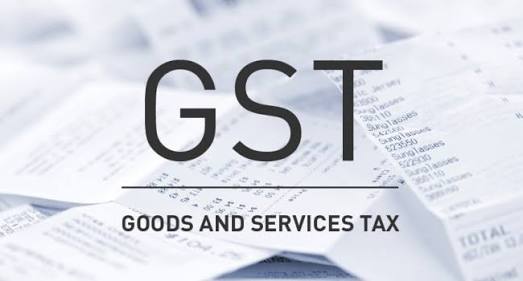GST is a single indirect tax on the supply of goods and services in the entire chain right from the manufacturer to the supplier. Good and Services Tax [GST], since its effect has left multiple emotions in the mind of the common man, there are a number of questions which need answers in order to understand GST.

Let us understand the difference between GST and other taxes which were in effect before its applicability.
VAT [Value Added Tax] was considered to be the first generation reforms introduced in April 2005. The existing sales tax was replaced with VAT. Central Sales Tax, Excise Duty, Customs Duty, Service Tax became part of VAT.
Goods and Services Tax is considered to be the second generation of tax reforms. The VAT system was merged with Luxury tax, entertainment tax and renamed as State Goods and Services Tax [SGST]. Furthermore, Central Sales Tax, Excise Duty, Customer Duty, Service Tax have been incorporated under a single umbrella as Central Goods and Services Tax [CGST]. There is no major segregation between the VAT and GST, the taxes have been clubbed together and brought under a single umbrella.
What are GST rates and when is it levied ?
As per the Act, all goods and services have been placed in five brackets – 0%, 5%,12%,18%, and 28%. The tax is levied on the sale of goods and services. Each bracket has multiple items falling under it, which are a taxed accordingly.
The tax applied is ‘Value Driven’ i.e. it is applied on goods or services at every stage where the value of the goods or services increases or is added. The tax will be levied where the goods or services are consumed. For example, if the goods are created or manufactured in Maharashtra and sold in Andhra Pradesh, then the tax would be levied in Andhra Pradesh.
What are the types of GST ?
GST is destination based. Basis the same, these are the following types of GST:
- SGST – State Goods and Services Tax
- CGST- Central Goods and Services Tax
- IGST- Interstate Goods and Services Tax
The sale of goods and services intra-state would levy central and state GST. The inter-state sale of goods and services would levy inter-state GST.
Is GST same for all ?
GST is different for different businesses. The application of GST for different businesses is also different.
Mostly, all businesses, whether manufacturing or e-commerce have been brought under the purview of tax regime. Registration forms an important part of GST. It is important for businesses to register and procure tax number in order to file tax as per the stipulated norms.
Is GST registration mandatory ?
There is a stipulated threshold for businesses to register which is an aggregate turnover of INR 20 lakh in a financial year. If the businesses are under that threshold, it is not mandatory for these businesses to register. In such cases, the registration is voluntary.
As per the Act, if the registered seller sells the goods and services to the unregistered buyer, he is supposed to pay GST for the unregistered buyer. If your business is registered under VAT or service tax or excise duty, you should migrate to GST.
The GST explained above is the basic know how about the new tax. It is also important to understand the tax regime appropriately and file the tax when due. The assessee can login into the Government of India website, which provides necessary information in regards to the changed tax regime.






